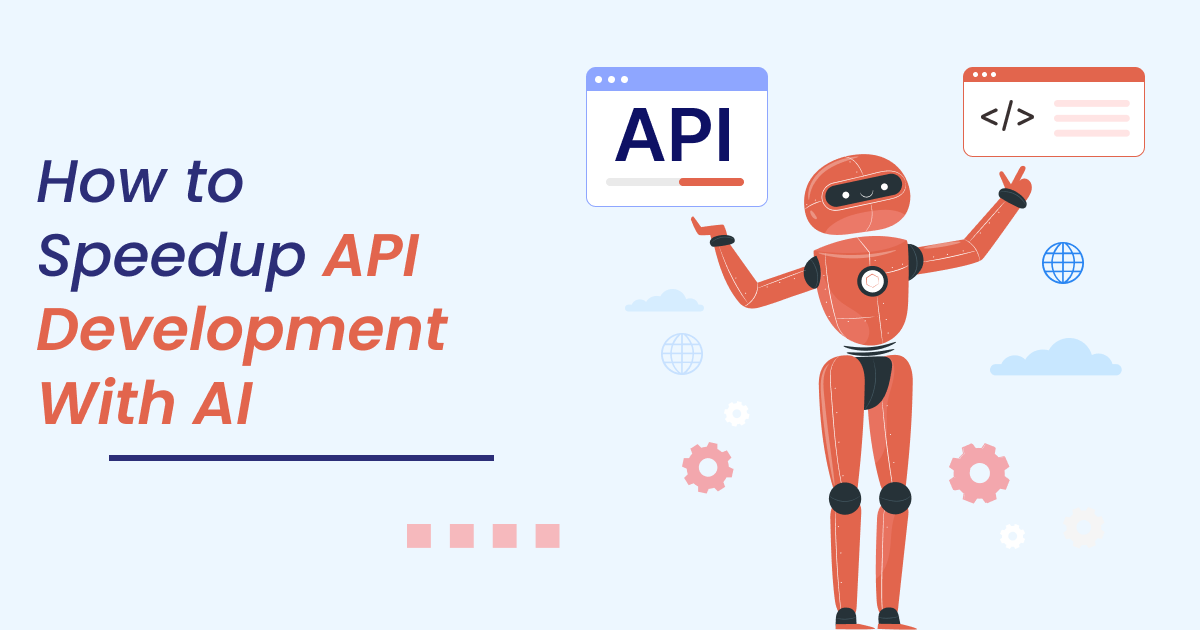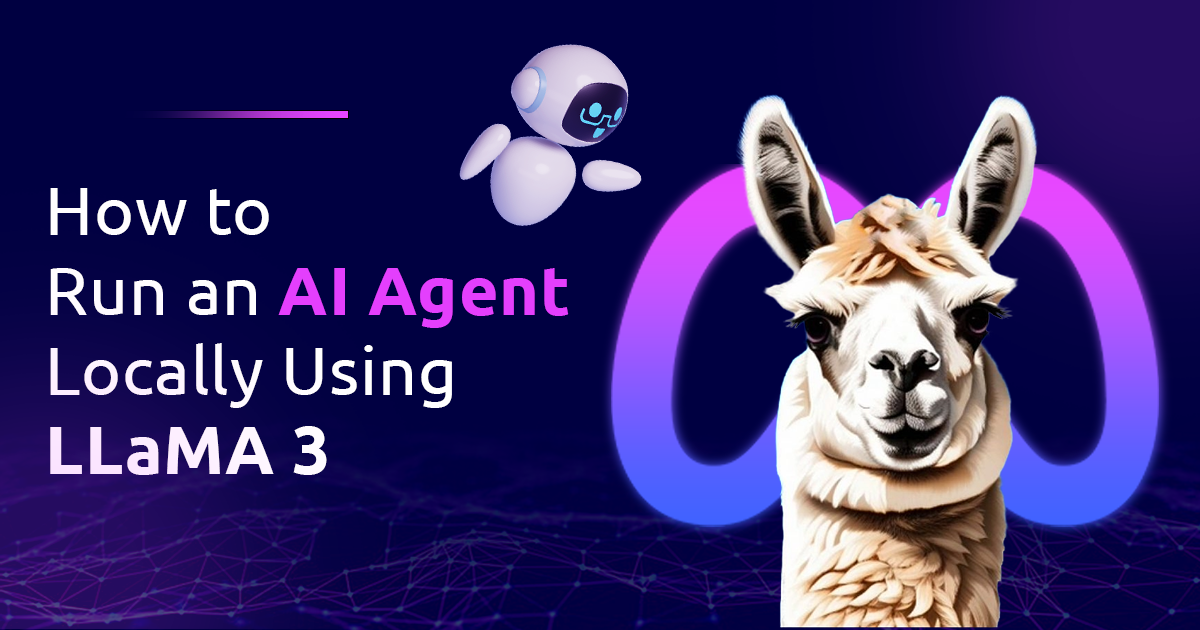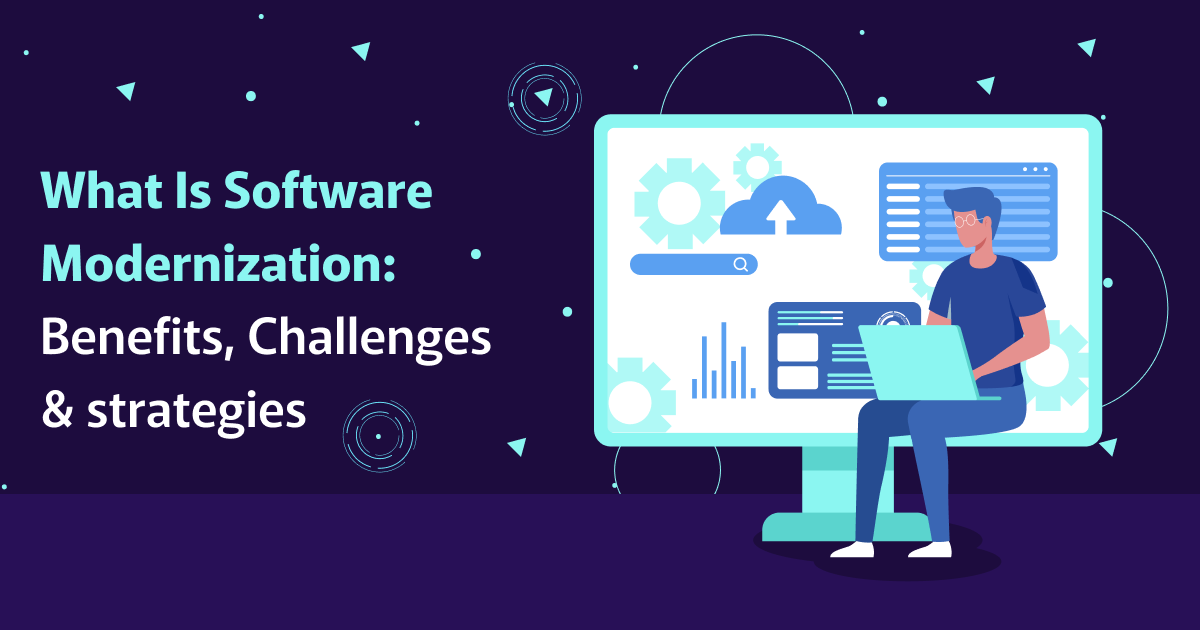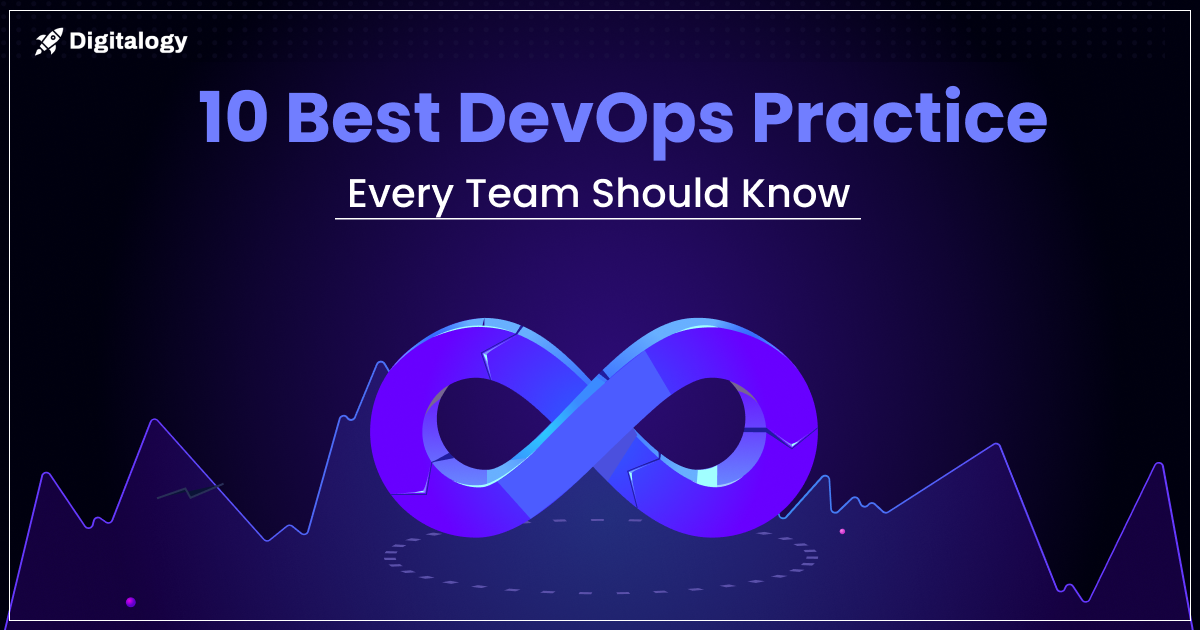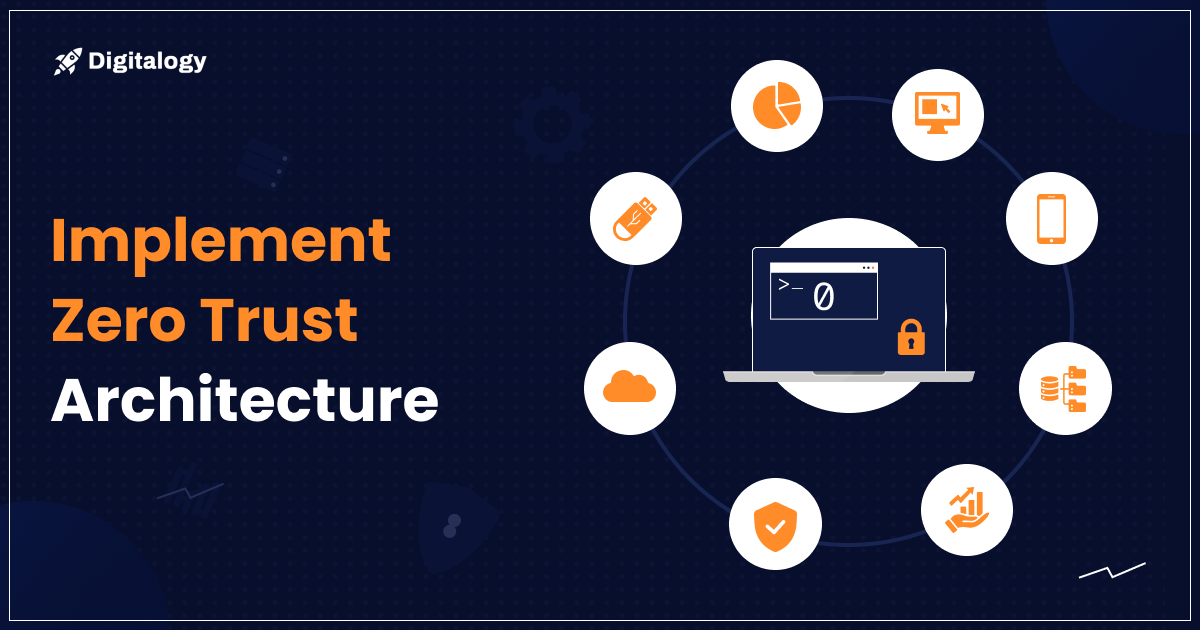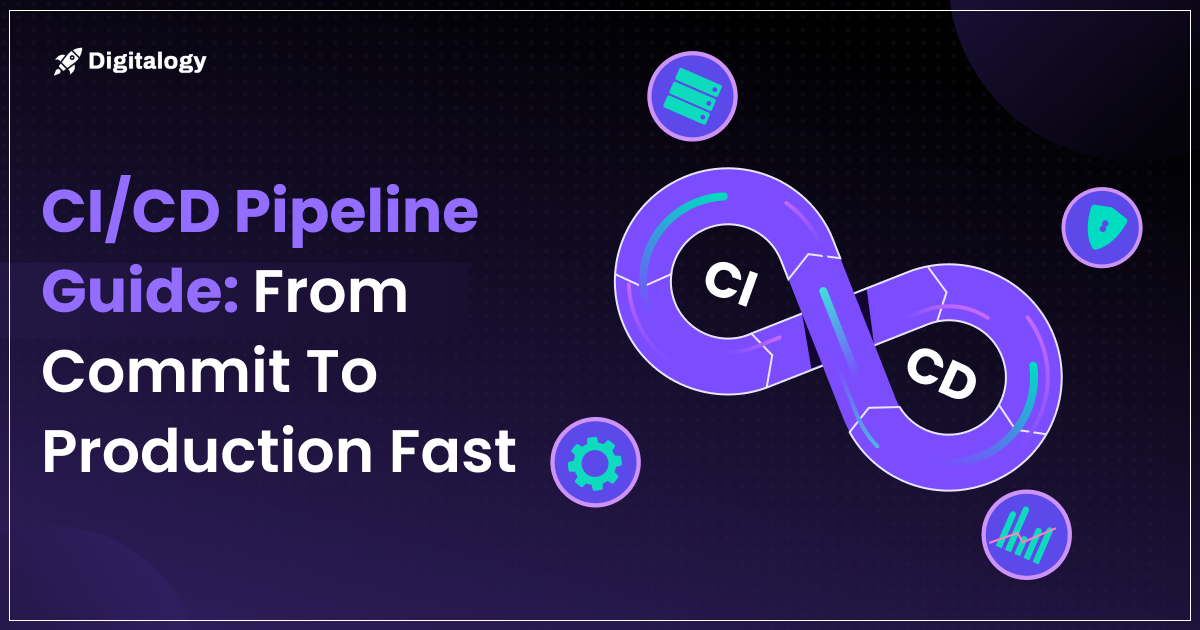An application programming interface or API simply allows two software components to communicate using a set of protocols and definitions. For instance, the weather bureau has software that stores information about the weather daily. The weather app on your phone integrates with this system via APIs and displays daily weather notifications.
On the other hand, AI or artificial intelligence is a technology that allows computers and machines to simulate human-like capabilities of learning, comprehension, decision-making, problem-solving, creativity, and autonomy.
Now, the key goal of APIs is to exchange information so that it offers a seamless user experience. However, that’s easier said than done because customer expectations are higher than ever. So, businesses require developing APIs that are fast and efficient.
That’s where AI can prove a game-changing technology. It can help automate repetitive tasks and maximize API performance and security.
In this post, we will learn step-by-step how AI can enhance API development for your business.
Leveraging AI to Enhance API Development
Here’s how you can leverage AI to enhance your API development.
Step 1. Business Requirements Analysis
A successful API development process requires understanding the business requirements first. Any mistake here can lead to a failed project. Here, the development team can leverage AI-powered natural language processing tools (NLP) to comprehend and outline key requirements from documents, emails, transcripts, etc. This way, everyone in the team can be on the same page before starting the development.
That’s not all. AI tools with predictive analytics capabilities can check historical data from your previous API projects for the client and recommend effective designs that can be used for similar use cases. This approach minimizes the risk of miscommunication or overlooked requirements.
Step 2. Boilerplate Code Automation
Large language models (LLMs) are advanced AI systems with large deep neural networks that are trained by tens of gigabytes of data. They can understand and generate human-like language based on the input data.
With LLM integration, your development team can automate repetitive tasks, such as writing boilerplate code, validating data, and transforming complex JSON structures into classes.
For instance, LLMs can automatically create clean code with built-in data validation rather than requiring your development team to write getter and setter methods with validation checks. Besides, LLMs can convert complex JSON data into the appropriate classes for various programming languages, thus requiring zero manual effort.
This way, your development team can create code that has no human errors and save time. The outcome? Fast development cycles and improved API performance.
Step 3. Debugging Process Automation
The debugging process helps find and fix errors or bugs in API source code. While AI-powered tools ensure that there’s no error in the boilerplate code, there’s a possibility of human errors across the code. However, performing it manually is draining and requires effort and dedicated resources.
Here, implementing predictive analytics-powered AI tools can be helpful. They can streamline the debugging process by analyzing error logs and offering error explanations and actionable recommendations. This can help your development team identify what went wrong and take timely actions to prevent the development process from failing.
For instance, predictive analytics-driven AI tools can identify issues, such as incorrect route configurations or unregistered controllers. Next, the tool can offer suggestions to fix syntax and semantic errors. This way, your team doesn’t have to waste time identifying the root cause of issues.
Step 4. Continuous Integration and Testing Automation
AI can automate test case creation to help your team write test case scenarios and conduct stress tests. This means your team can create reliable APIs without manual testing. Continuous integration and testing automation can help maintain code quality and prevent new bugs.
Here, an agentic AI system can help your team with continuous integration and testing processes by automating test execution and code integration. The AI can trigger tests with new code, analyze outcomes, and update Jira tickets. It can notify your development team and suggest fixes in case any test fails.
Step 5. Accurate API Documentation Creation
API documentation is crucial to explain what is possible with your API and how to get started. It also serves as a primary resource for developers to return to with questions about syntax or functionality. API documentation answers all these questions. So, it is important to create one. Again, this requires manual effort and resources to analyze the entire code and write accurate API documentation for reference.
For instance, if you are building APIs for content management systems (CMS) like Sitecore and WordPress, the nature of the documentation can differ. Both will require a different analysis. As Sitecore has a more complex architecture, it will require granular, detailed API documentation. It should focus on advanced features like personalization, analytics, and multi-site management. On the other hand, WordPress APIs will need user-friendly documentation. This approach will make it easy for the developers to comprehend the information.
Here, implementing an AI-based system can streamline the process and generate accurate, up-to-date API documentation for Sitecore vs. WordPress. This can simplify your development team’s hustle. They can check the document whenever they have any queries about the project or need to analyze something. Besides, the team can use the document to onboard new developers in the project and ensure transparency in communication with all the stakeholders.
Step 6. Security and Performance Monitoring
API security has become a key concern for businesses because of the growing threats. Predictive analytics-powered AI tools can identify and flag vulnerabilities in API endpoints, such as unprotected routes or authentication issues, in real time. Besides, they offer actionable security recommendations and help prevent issues that may otherwise get escalated.
Key Takeaway
API development starts with analyzing business requirements and creating error-free code while monitoring issues continuously. With AI technology, API development can be leveraged for seamless automation capabilities and human-like intelligence. It will make the process hassle-free and allow the development team to dedicate valuable time to other crucial tasks.
And, as if this was not enough, the AI market size has reached $184 billion in 2024 and is expected to be $826 billion by 2030. This analysis indicates that AI technology is here to stay, and this is another reason to consider AI in API development.
If you are a developer or business owner looking to implement AI in API development, now is the right time to act.

